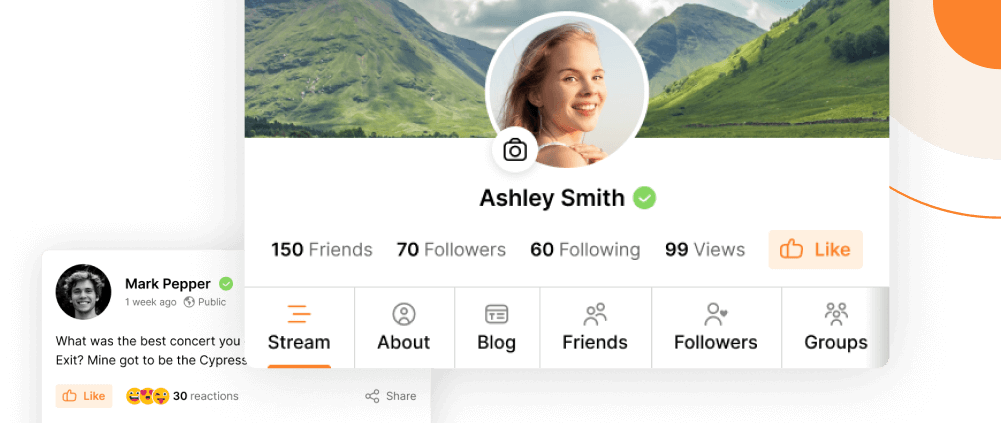For about a month at the end of 2016, Transport for London – the body responsible for managing the London Underground, conducted an interesting experiment. It tracked the mobile phones of passengers traveling through the center of the city. Gizmodo has managed to acquire the data that TfL gathered — and it has some valuable lessons for managers of private social networks.
The Wi-Fi network on the London Underground is supplied by Virgin Media. TfL was able to use Virgin’s network data to monitor the MAC addresses of mobile phones whose Wi-Fi was turned on as their owners journeyed across London. Because the tracking was part of a trial, TfL only monitored 54 out of the 270 tube stations on the network, most of them in central London. But the data returned was enough to give TfL vital information about two areas.
First, the company could see how people were traveling from one location to another. There are multiple ways of traveling from Victoria to Liverpool Street, for example, but TfL could see that 44 percent of passengers took the fastest route by changing at Oxford Circus but 26 percent stayed on the Circle line as it shuffled around the city. Second, the company was also able to see how passengers moved around the stations themselves, many of which have multiple platforms and multiple levels. It was able to identify the most popular platforms in a station, and measure the amount of time it took to move from one platform to another.
In the same way that navigation app Waze uses drivers’ data to manage traffic flows, so the information gathered by TfL could help the company with crowd management and emergency planning. It’s also easy to see how TfL could use it to adjust the fees it charges for advertising. If the company can identify the parts of the network with the largest footfall, it can increase the advertising rates in those areas.
But perhaps the most interesting aspect of the trial wasn’t the data it gathered but the fact it was able to gather it at all. During the trial, TfL explained what it was doing on posters in the stations and in articles in Metro, the free newspaper read by passengers. When they learned that TfL was monitoring their Wi-Fi connections, passengers didn’t respond by turning their Wi-Fi off in order to maintain their privacy. They kept them on, allowing the company to track their location.
PeepSo location settings allow users to enter their location, telling their friends and followers where they are and what they’re doing. It’s a valuable and easy way for members to share information.
It is, however, an intrusion into privacy so some people will be reluctant to use the feature even though it’s available. The TfL study has shown that one way to reassure them is to be open. Explain exactly what they’ll be doing and why they should share their location. Make clear how the information will be used and what it won’t be used for. Being fearful of revealing personal information is reasonable but it’s a fear that can be easily allayed. Be open and you’ll be able to help your members bring their friends with them on their journeys across their social network.


Reactions & comments
Comments